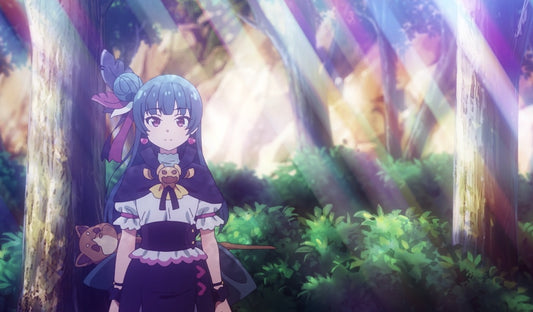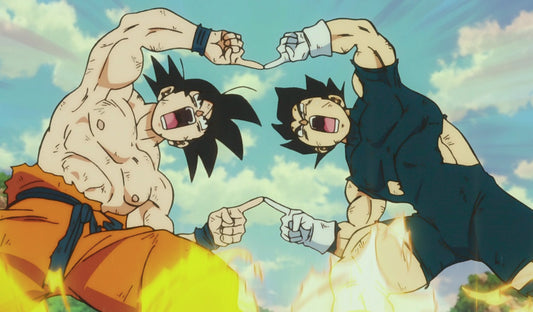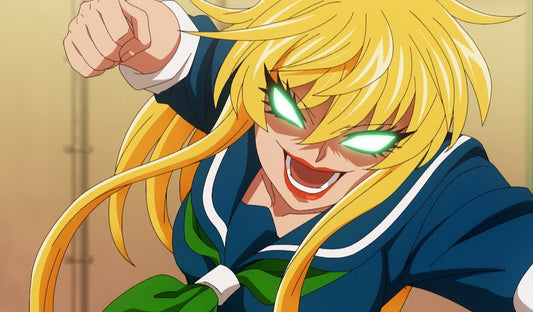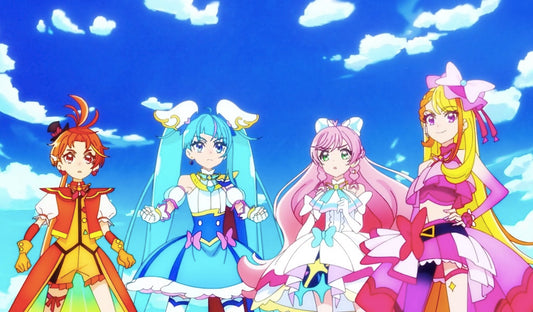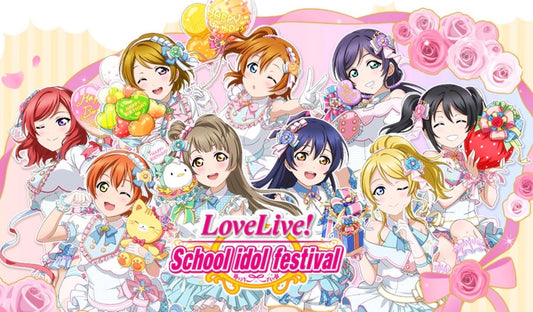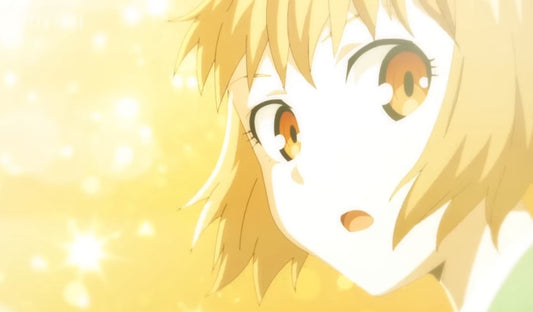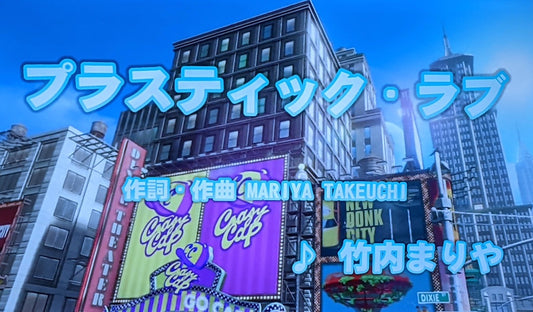When You Can’t Look Away: Chainsaw Man Anime vs. Manga—Should You Try Both?
Carl LiShare
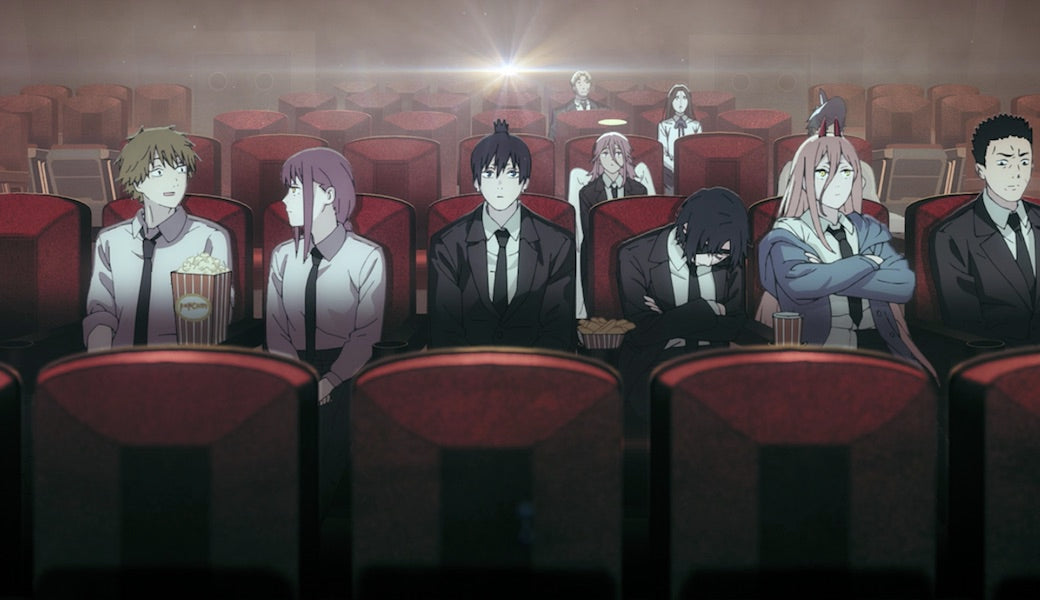
It’s no secret that Chainsaw Man is currently one of the biggest manga series. It’s such an influential work that in one manga competition, a judge complained that aspiring creators are imitating Tatsuki Fujimoto’s human drama–centric works a little too much. With an anime currently airing, the series is only going to get more popular.
I’ve read the Chainsaw Man manga and count myself among its many fans, but I wondered how people might be experiencing the story through its animated adaptation. What I’ve found is that while the adaptation doesn’t stray terribly far from its source material, it does end up feeling subtly different.
Anime vs. Manga in Essence
When it comes to the difference between anime and manga, there are the more obvious aspects: Anime has sound, animation, and a consistent use of full color that manga often lacks. But what this also means is that in anime, the passage of time is fundamentally important to its storytelling, whereas manga is better described as being governed by both time and space—the story moves forward panel to panel, but one must actively shift attention and turn the pages. For the creators, when adapting from manga to anime, decisions have to be made as to how to make the transition to pure time. There are a number of options available, including extending the length of time a scene takes place, abbreviating moments so that they make more sense in “real time,” or even slowing things down (fillers) because there’s not enough source material to keep up a previously established progression.
Forced Spectacle
The Chainsaw Man anime’s pacing does feel slower than the manga’s, but it comes across as a deliberate artistic move rather than an attempt to buy time. Rather, the anime seems to revel in the spectacle inherent to so many moments in the series—from introspective moods, to over-the-top violence, to nasty gags. It’s here that I find the dissimilarity between anime and manga to be at its greatest. The necessary time component of animation means that these scenes last for as long as the director and animators make them. In contrast, all the above-mentioned elements are a major part of the manga and are presented in painstaking detail, but the reader has greater say in how long to linger on a given moment. The closest equivalent for the anime would be to avert your eyes or to pause/change the playback speed.
An Example

In one scene, the character Power (a “blood fiend”) drops from above with a giant mallet and smashes a demon as a person in a phone booth looks on. In the manga, this is a double-page spread where the right page is the “before” and the bloody left page is the immediate “after.” The moment feels jarring partly because of how snappy it is, like seeing a light switch flip from off to on. However, the anime chooses to present the scene a little more conventionally by animating Power delivering a detailed to the demon in painstaking detail. The camera focuses on the sheer carnage, whereas the manga is like a sudden snapshot that fuels both the humor and the violence in that scene.

A Reason to Try Both
The differences between Chainsaw Man’s anime and manga aren’t all that drastic in the grand scheme of its narrative. Nevertheless, I think it would be worthwhile to experience both forms of the story because they can help to clarify what it is a person might be looking for in terms of storytelling appeal. From there, one can choose to side with a particular artform, but making that decision can come from seeing how these versions differ in deeper ways.
Which version of Chainsaw Man do you prefer?
Promotional Offer
For a limited time, get an additonal 3% off your digital gift card order from Japan with the code: “chainsaw”. Special offer code expires on January 31st, 2023.
Apartment 507 is an eCommerce site that focuses on selling digital prepaid gift cards for PSN, iTunes, eshop, DMM, and more direct to your email inbox. Get exclusive access to special Japanese content, events, and promotions that is only offered in the Japan region.
You might also be interested in this:
The Shonen Jump Meat Grinder: Why So Many Manga Die Young
The End of Sabagebu!: A Shoujo Manga of Girls, Guns, and Greed
Before Akihabara Was Cool: Akiba Maid War and the Importance of the Late 1990s in Otaku Culture
